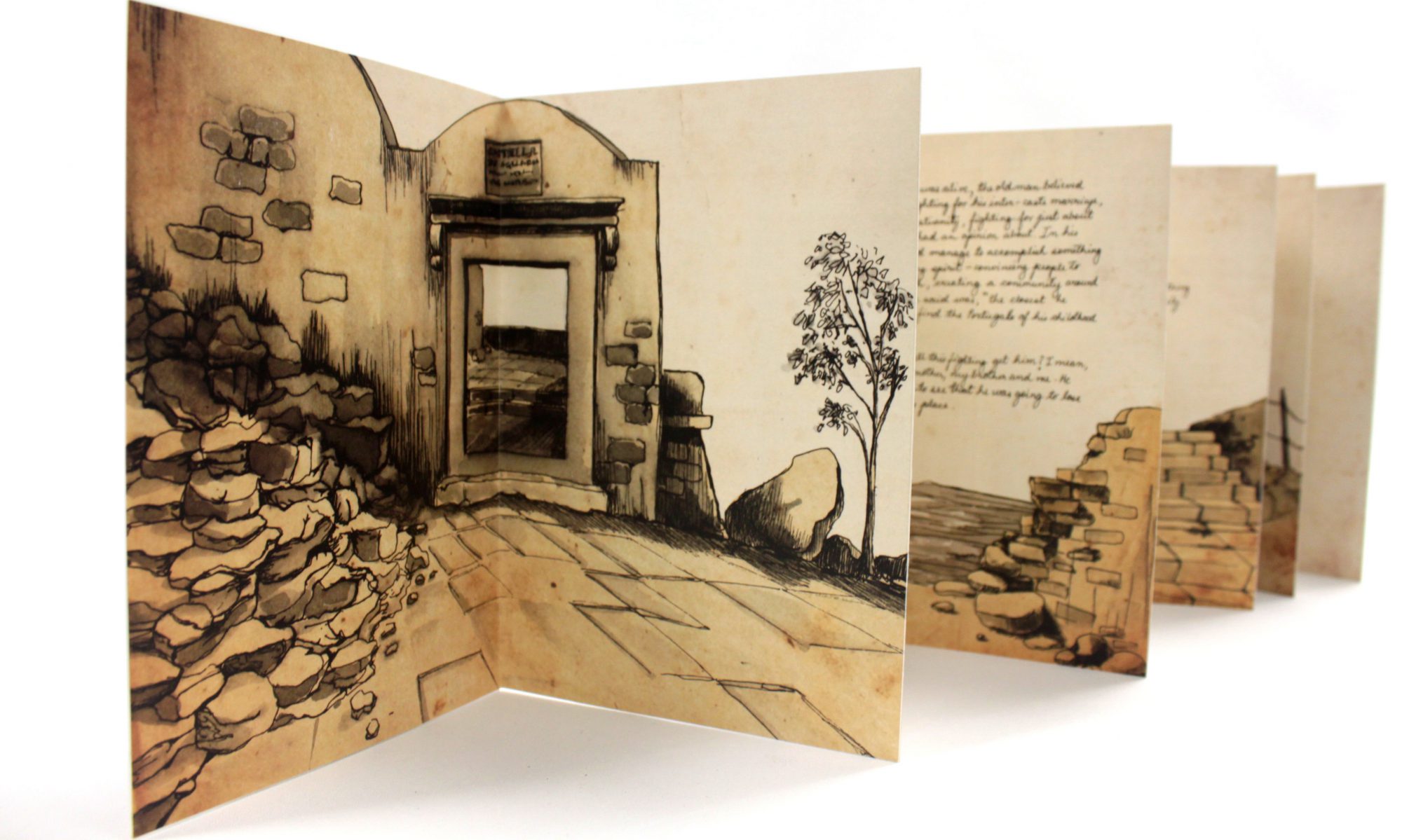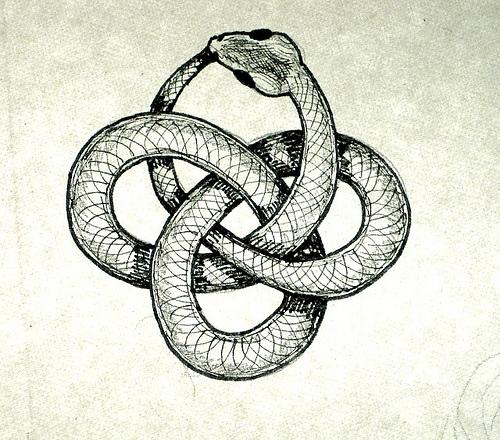Reflexivity refers to circular relationships between cause and effect. A reflexive relationship is bidirectional with both the cause and the effect affecting one another in a relationship in which neither can be assigned as causes or effects.
I feel like time is reflexive as can be seen in the circular relationship of the past and the present with the future. This brings to mind the butterfly effect wherein minor changes in the past can radically alter our future. Our future and future choices are very driven by past experiences at the same time our past is defined by our present. History is written by the winners.
This reflexivity of time is aptly represented in these few lines:
“Time present and time past
Are both perhaps present in time future
And time future contained in time past.
If all time is eternally present
All time is unredeemable.”– T.S. Eliot (Burnt Norton)
The image of the naga eating itself or Ouroboros symbolizes self-reflexivity or cyclicality, especially in the sense of something constantly re-creating itself, the eternal return. It is similar to the myth of a Phoenix which is eternally self-reflexive in the way that it rises again from it’s ashes – representing processes that begin again as they end.
In Hindu cosmology time is said to be reflexive where in the universe is cyclically created and destroyed within the time span of 8.64 Billion years
http://en.wikipedia.org/wiki/Hindu_cosmology


